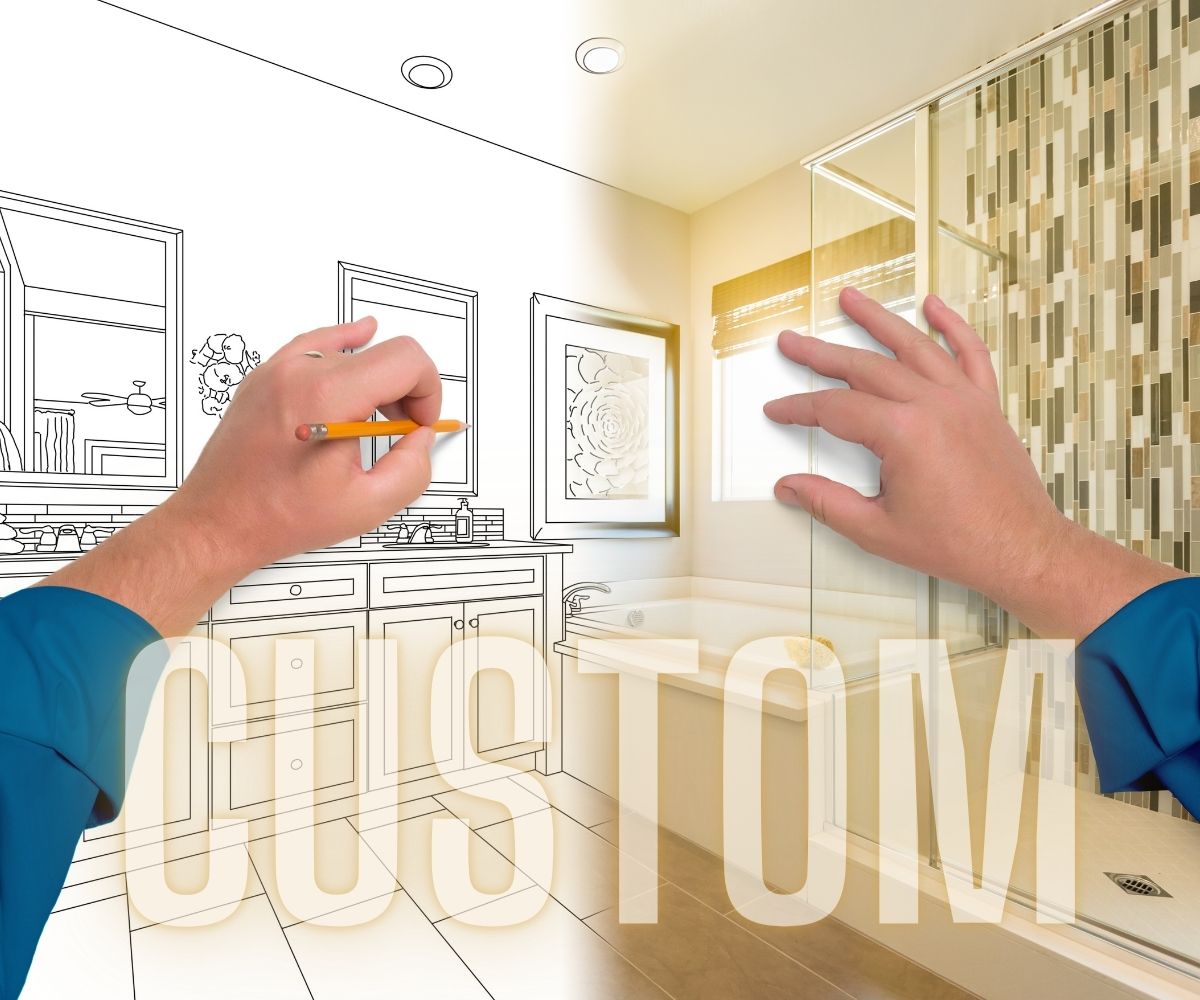Bathrooms serve functions that extend beyond the merely utilitarian. Given the manifold roles they play, it is no surprise that considerable investment often goes into their design and furnishing. But what provisions are in place should something go awry—be it due to burst pipes, water damage, or accidents? Keep reading to explore the relationship between home insurance policies and bathroom coverage outlined by O Connor Carroll Bathrooms.
Understanding What Home Insurance Typically Covers
Home insurance serves as a financial cushion against an array of risks that could inflict significant losses. It operates within a legal and financial framework designed to offer protection for various components of one’s residence.
Dwelling coverage, for instance, usually covers the core structure of the home, including elements like walls, floors, ceilings, and commonly, bathrooms. Homeowners may find some comfort in knowing that integral aspects of a bathroom such as ceramic tiles and bathtubs are typically included by this form of coverage.
Nevertheless, it is imperative to understand that coverage is not confined merely to structural elements. Bathrooms frequently house a range of personal items—ranging from toiletries to potentially high-end electronic devices for those who relish a technologically advanced bathroom experience.
Such belongings typically fall under the purview of personal property coverage. Here, understanding the depth and breadth of this aspect of insurance is vital. Does your policy, for instance, cover only indispensable items, or does it extend to luxurious accessories like state-of-the-art shower systems?
Liability coverage is another dimension that warrants consideration. Imagine a scenario where you have a guest over and they slip on a wet floor within your premises, sustain an injury, and decides to take legal action. Liability coverage could serve as a critical safeguard against financial liability in such unfortunate circumstances, though various terms and conditions would govern its applicability.
Equally crucial is an awareness of what home insurance policies typically exclude. While dwelling coverage is broad, it is not unlimited. Natural disasters like floods, often categorized as ‘acts of God,’ are generally not covered. Moreover, negligence on the part of the homeowner—such as failing to address minor leaks, leading to extensive water damage—could invalidate a claim.
Special Cases and Add-ons Related to Bathroom Coverage
It is advisable to exercise meticulous attention when evaluating the fine print of an insurance policy. Certain caveats and limitations may exist, and overlooking these can prove financially punitive.
For example, homeowners who have invested in high-end bathroom installations—be it elaborate fixtures, premium tiles, or spa-like amenities—may find that these exceed the standard coverage limits for dwelling or personal property.
Additionally, some policies might exclude bathrooms that are not part of the primary dwelling structure. For instance, a lavishly appointed bathroom in a detached guest house might not be covered, due to its location outside the ‘main dwelling’ as defined by the insurance policy.
To enhance the comprehensiveness of your bathroom coverage, you might consider various add-ons or riders. Water backup coverage could prove invaluable if plumbing systems fail. For bathrooms that house art pieces or other items of significant monetary value, riders targeted towards these specific items may be worth investing in.
Understanding the reimbursement models offered by your insurance is equally significant. Policies may offer ‘actual cash value,’ which accounts for depreciation and might not provide sufficient funds for complete restoration. In contrast, ‘replacement cost’ models would cover the expense of replacing items based on current market values.
Practical Tips
Insurance policies can be complex, and coverage often varies from one provider to another. Therefore, it’s essential to conduct a detailed inventory of your bathroom and the valuable items within it. Creating a list and taking photographs can help you provide a more accurate claim should the need arise.
Equally vital is reviewing your policy on a regular basis, especially after any significant renovations or upgrades to your bathroom. Your existing policy might not automatically adjust to cover new, potentially more expensive installations, so manual adjustments may be needed.
Filing a claim involves its own set of protocols. Make sure you’re aware of what steps to take immediately after an incident occurs in your bathroom. Time-sensitive actions, like shutting off water mains in case of a leak, can not only prevent further damage but also improve your chances of a successful claim. Documentation becomes crucial here. Collect all evidence, which could range from photographs of damaged areas to receipts of emergency repairs.
Making Sure You’re Adequately Covered
Don’t assume that your bathroom is fully covered just because you have a home insurance policy. Scrutinize the policy documents, understand the types of coverage you have and consider whether you need additional riders for special installations or high-value items.
You should seriously consider scheduling annual reviews of your insurance policies. Insurance isn’t static. It should adapt to changes in your life and your home. If you’ve upgraded your bathroom, make sure your insurance policy reflects these changes. Consult an insurance agent if you have questions or concerns about your level of coverage. They can offer personalized advice tailored to your specific needs, helping you avoid unpleasant surprises when you need your insurance the most.


